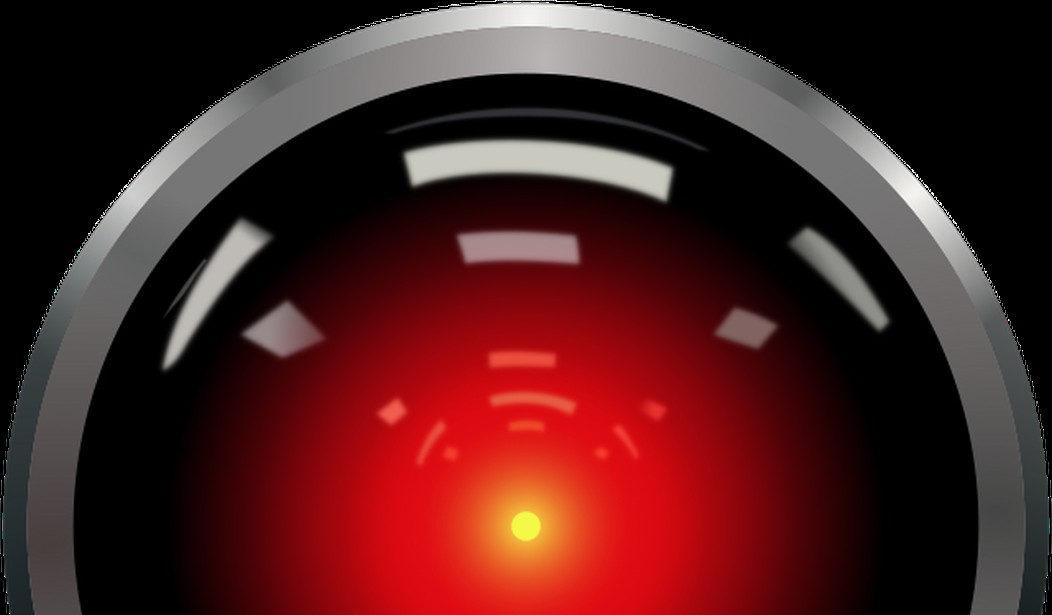So it's Valentine's Day, and that gives me a theme for this week. First a little theme music.
🌠🌷Bach's Badinerie - Jan Liebermann
— 𝗘𝗻𝗷𝗼𝘆 𝗖𝗹𝗮𝘀𝘀𝗶𝗰𝗮𝗹 𝗠𝘂𝘀𝗶𝗰 🎼💝 (@Hoang_HQ) February 14, 2025
Wonderful 👏👏💖💖 pic.twitter.com/7sCUGSbGof
Bach is always appropriate.
To my surprise, X isn't full of images of the Heart Nebula today. But Hubble provided a lovely tarantula.
A new Hubble image sounds like a good #Valentine to us! 💌
— Hubble (@NASAHubble) February 14, 2025
This #HubbleFriday view shows a portion of the Tarantula Nebula. It's the most productive star-forming region in the nearby universe, and home to the most massive stars known to exist.
For more: https://t.co/Ob7hVYjwmg pic.twitter.com/d6TFgzJ0ny
Optimus is optimistic.
Wish me luck pic.twitter.com/k5rSj6NkbB
— Tesla Optimus (@Tesla_Optimus) February 14, 2025
Actually, NASA published a bunch of Valentine's Day images. They're no cheesier than the usual Valentine's Day cards.
Whether you're feeling freer than a rogue exoplanet or launching a new relationship, we've got a valentine for you! 💖 pic.twitter.com/FScyxtZXcE
— NASA Goddard (@NASAGoddard) February 14, 2025
Something something Scarlet something...
The Flaming Star Nebula by Tomas astrofPix (astroBin) https://t.co/80lwVzSE6w pic.twitter.com/cZTMamTwUm
— Julio Maiz (@maiz_julio) February 14, 2025
This Statue of Liberty Nebula image looks more like the Statue than most.
The Statue of Liberty Nebula in RCW 57 is a stellar nursery where bright, young stars emerge amid dense dust, ionized hydrogen gas.🌌✨
— Cosmopilot (@SpAcE_LoVeR1) February 14, 2025
Detailed studies reveal 33 massive stars and polycyclic aromatic hydrocarbons— that echo processes that may have paved the way for life on Earth pic.twitter.com/X36C0Rc5ZI
"The Day of the Triffids" scared the bejabbers out of me as a kid. This is better.
M20 Trifid nebula by Alexkid (astroBin) https://t.co/SCSjaIYKgz pic.twitter.com/YDZtutsCIV
— Alienigena11 (@Madriles6211) February 14, 2025
Wishing you roses for the day. Or at least rosettes.
Wishing you a Valentine's Day as beautiful and enchanting as the Rosette Nebula, NGC 2237. May your love bloom like the cosmic rose in the vast tapestry of the night sky. Happy Valentine's Day!
— Ethan Wu (@ImEthanWu) February 14, 2025
🌹✨ #ValentinesDay #AstronomyLove
Credit: Andreas Fink pic.twitter.com/qpu9N4EPiz
There are some amazing nebulas out there.
CG4: ghostly ‘God’s Hand’ © https://t.co/B45okiO7TP pic.twitter.com/L2GX83BpFN
— Alienigena11 (@Madriles6211) February 14, 2025
Colorful jellyfish are traditional for Valentine's Day, right?
AstroBin's Image of the Day: "Jellyfish Aurora" by max.ntihttps://t.co/1sdIpaX2Bx#astrophotography #astronomy #astrobin #imageoftheday pic.twitter.com/GpTGyh2HK3
— AstroBin.com (@AstroBin_com) February 14, 2025
As dry as Mars is, you wouldn't expect clouds.
On Jan 27, 2023, NASA’s Curiosity rover captured this feather-shaped iridescent cloud just after sunset on Mars. Studying the colors in these clouds helps scientists understand particle size and growth over time. This image is part of a follow-up campaign to study noctilucent, or… pic.twitter.com/PWbbD8Nz9a
— Ethan Wu (@ImEthanWu) February 14, 2025
It's just 29 million lightyears away.
The Sunflower Galaxy, M63, is a non-barred spiral galaxy, 29 million lightyears far.
— Xavi Bros (@Xavi_Bros) February 14, 2025
See here many features in its spiral structure and its incredible dusty band.
10 hours LRGBH image by Jaume Zapata & Xavier Bros, Anysllum Observatory @AstroSabadell.
Procesed by @jaume_zapata pic.twitter.com/IpZqCBwQoh
I'm a little sorry I decided on a Valentine's Day theme now, but at least this looks great.
Another fine image of the Great Lacerta Nebula (Sh2-126) about 1,200 light years away in constellation Lacerta (Great Lizard). Ionized by the massive star, 10 Lacertae, this immense wall of gas and dust forms part of the giant star-forming region, Lacerta OB1. 📷 Noirlab #Sh2126 pic.twitter.com/YdCdHgJcOd
— Lee-Anne Gibbon (@LeeAnneGibbon1) February 14, 2025
Lots of fun stuff from the sun today.
Learn about substorms here: https://t.co/tyMJ6clRMM
— Vincent Ledvina (@Vincent_Ledvina) February 14, 2025
I'm going to finish off this week with an exploration mission. This, like a lot of recent lunar missions, is taking advantage of the Interplanetary Transport Network, which exploits supercomputing to solve the Three-Body Problem to make a slow, but inexpensive transit.
It's kind of a space-time tradeoff.
Explore the Moon's water with NASA's Lunar Trailblazer! 🌕💧
— Ethan Wu (@ImEthanWu) February 14, 2025
Joining the IM-2 mission, this small explorer will map lunar water forms, aiding future Artemis missions. #LunarTrailblazer #MoonMission https://t.co/SbCZLTlwr4
So that's the Sky Candy for this week. As always, I love to see comments. Come back next week; there's still lots and lots of sky out there.










